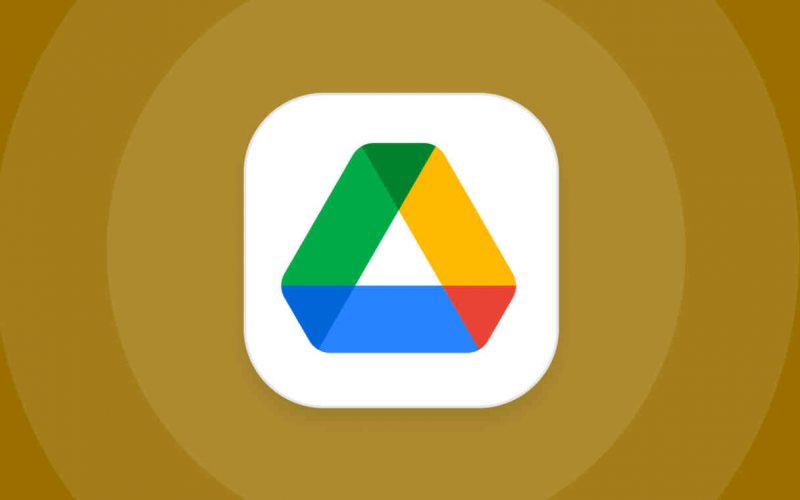Resolving conflicts and managing shared files in Google Drive is crucial to maintaining version control and ensuring smooth collaboration. Some details on how you can handle conflicts and manage shared files effectively:
- Conflict Resolution:
- Conflict may occur when multiple collaborators make conflicting changes to the same section of a shared file simultaneously.
- When a conflict arises, Google Drive attempts to auto-resolve it by merging the changes.
- In case automatic resolution is not possible, Google Drive will create a separate version of the file for each conflicting edit.
- Collaborators can then review the conflicting versions and manually resolve the conflicts by selecting the desired changes from each version.
- Version History and Comparison:
- Google Drive keeps a detailed version history of files, including all changes made by collaborators.
- You can access the version history by clicking on the “Version history” option in the “File” menu.
- The version history allows you to compare different versions of the file, identifying changes, additions, and deletions.
- This feature helps in resolving conflicts by providing a clear overview of the modifications made by different collaborators.
- View edit history: In Google Drive, you can view the edit history of a file to see who made changes and when. This helps you track the editing process and see what changes have been made.
- Notifications and Comments:
- Google Drive provides notifications to inform collaborators about changes and comments made on shared files.
- Collaborators receive notifications via email or within Google Drive when someone makes edits or leaves comments.
- Comments can be used to discuss changes, provide feedback, or seek clarification.
- Collaborators can reply to comments, facilitating communication and resolving any conflicts or ambiguities.
- Ownership and Sharing Settings:
- The owner of a file in Google Drive has the ultimate control over its management and permissions.
- The owner can grant or revoke access to collaborators and manage their permissions (edit, comment, view).
- It is essential to review and adjust sharing settings to ensure that the right people have appropriate access levels to the file.
- Regularly reviewing and updating ownership and sharing settings helps maintain security and control over shared files.
- Organization and Folder Structure:
- Proper organization and folder structure can help manage shared files efficiently.
- Creating dedicated folders for different projects or teams can streamline file access and minimize confusion.
- Collaborators can be given access to specific folders rather than individual files, simplifying permission management.
- Archiving and Deleting Files:
- To keep your Google Drive organized and clutter-free, consider archiving or deleting files that are no longer needed.
- Archiving files removes them from the main view but retains them in the “Archive” section, allowing easy retrieval if required.
- Deleting files permanently removes them from Google Drive.
- Collaboration Tools and Integrations:
- Google Drive integrates with various collaboration tools, such as Google Docs, Sheets, and Slides.
- These tools provide real-time collaboration features and enhance teamwork on specific file types.
- Leveraging these collaboration tools can help streamline workflows and reduce conflicts.
- Use previous versions: In case of conflicts or if you are not satisfied with the changes, you can restore a previous version of the file. Google Drive stores version history, allowing you to revert the file to an earlier point in time.
- Manage access permissions: Ensure that you accurately determine who has access to and editing permissions for the file. This helps limit conflicts and ensures that only necessary individuals can make edits.
- Use “view only” or “comment” mode: To avoid conflicts, you can share the file in “view only” or “comment” mode. This allows others to view the file without being able to make direct edits and only allows for discussion or leaving comments.
- Utilize Google Docs/Sheets/Slides: Instead of sharing traditional file formats like .docx or .xlsx, use Google Docs, Sheets, and Slides for collaborative editing of documents, spreadsheets, and presentations. These files enable multiple people to access and edit simultaneously without conflicts.
- Communicate and notify: If conflicts or unwanted changes occur, send notifications or communicate directly with other members who have access to the shared file to resolve the issue. You can use the comment system within Google Drive or send emails to convey opinions and reach consensus.
By leveraging features such as version history, notifications, comments, and effective file organization, you can effectively manage shared files in Google Drive. Resolving conflicts promptly, maintaining clear communication, and establishing proper access control contribute to a smoother collaborative experience and ensure that the shared files remain up-to-date, accurate, and well-organized.
SHARE
